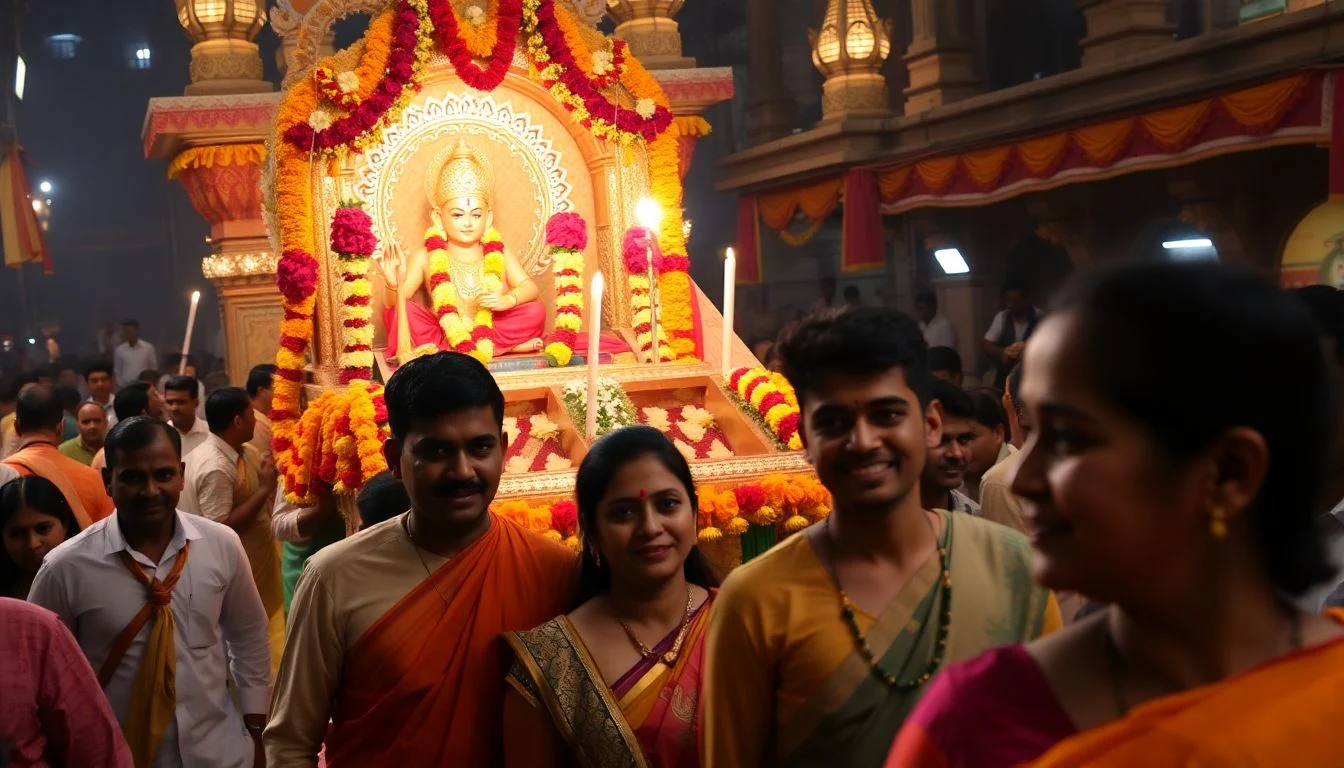Imagine a figure of immense strength, unwavering loyalty, and selfless service. That’s Hanuman, a central figure in Hinduism. Hanuman Jayanti is a time to honor this divine figure. It is a day filled with vibrant customs and deep devotion. This article explores the traditions of Hanuman Jayanti celebrations throughout India.
The Auspicious Date and its Significance
The timing of Hanuman Jayanti varies across India. Why is there not one specific date? This is due to differing lunar calendars and regional customs. The celebrations are still filled with meaning regardless of the day.
Understanding the Lunar Calendar
The Hindu lunar calendar determines the date. In North India, it usually falls on Chaitra Purnima. This is the full moon day in the month of Chaitra. Other regions may celebrate it on different dates. These dates are based on their local calendar systems.
Regional Variations in Celebration Dates
Different regions celebrate Hanuman Jayanti at unique times. For example, in Tamil Nadu, it aligns with Margazhi Amavasai. Andhra Pradesh often observes it during Vaisakha Bahula Dasami. Each region connects the day with local traditions and beliefs.
Astrological Significance
Astrological alignments hold meaning during Hanuman Jayanti. Many believe they amplify the day’s spiritual power. These alignments are thought to bring positive energy. They also enhance the effectiveness of prayers.
Rituals Performed During Hanuman Jayanti
Many rituals mark the day. They vary by region, yet share common threads. The rituals include prayers, recitations, and offerings. These traditions celebrate Hanuman’s might and devotion.
Early Morning Prayers and Offerings
The day starts with early morning prayers. Devotees bathe and dress the Hanuman idol. Sindoor, flowers, and sweets make common offerings. This is a sign of respect and love.
Recitation of the Hanuman Chalisa
The Hanuman Chalisa holds great importance. It is recited throughout the day. Many believe reciting it brings blessings. It is a powerful way to connect with Hanuman.
Performing the Aarti
The Aarti ceremony is performed with devotion. Different types of Aartis exist. They are all meant to honor Hanuman. The ceremony involves singing prayers and waving lamps.
Fasting: A Sign of Devotion
Fasting represents devotion to Hanuman. Various fasts are observed on this day. These acts of self-discipline aim to seek blessings. It also shows dedication.
Types of Fasts Observed
Different types of fasts are observed. Some do a complete fast, avoiding all food. Others follow a partial fast. Some may eat only fruits.
Significance of Fasting
Devotees fast for many reasons. It purifies the body and mind. It shows devotion and seeks blessings. Fasting is also done to fulfill vows.
Guidelines for Fasting
Here are some helpful hints when fasting on Hanuman Jayanti:
- Stay hydrated with water.
- Eat light if doing a partial fast.
- Focus on prayer and meditation.
- Avoid negative thoughts.
Visiting Hanuman Temples: A Spiritual Experience
Visiting Hanuman temples provides a spiritual experience. The atmosphere is filled with devotion. People gather to offer prayers and celebrate.
Popular Hanuman Temples in India
India is home to many famous Hanuman temples. Some include:
- Hanuman Garhi in Ayodhya
- Sankat Mochan Hanuman Temple in Varanasi
- Jakhu Temple in Shimla
These temples hold great importance.
Temple Decorations and Festivities
During Hanuman Jayanti, temples get decorated. Processions take place through the streets. Festivities include music and dance. These bring joy and togetherness.
The Atmosphere of Devotion
The atmosphere overflows with devotion. The air is thick with prayer and chanting. Devotees feel connected to Hanuman. This creates a powerful experience.
Acts of Charity and Service
Charity is a vital part of the celebration. Serving others shows the spirit of Hanuman. Many engage in acts of kindness on this day.
Organizing Food Drives
Food drives are often organized. These feed the needy on Hanuman Jayanti. It embodies the spirit of selfless service. Providing meals brings happiness.
Helping the Underprivileged
Many perform acts of charity for the underprivileged. This can include:
- Donating clothes
- Providing education
- Offering financial aid
These actions represent Hanuman’s compassion.
Donating to Temples and Religious Organizations
Donating to temples shows support. These donations help maintain temples. They also support religious activities. The contributions allow the work to continue.
Conclusion
Hanuman Jayanti in India is a celebration of devotion, strength, and service. From the rituals performed to the fasts observed, each aspect embodies Hanuman’s values. His teachings remain relevant, inspiring millions to embrace selfless service and unwavering faith in todays world.

